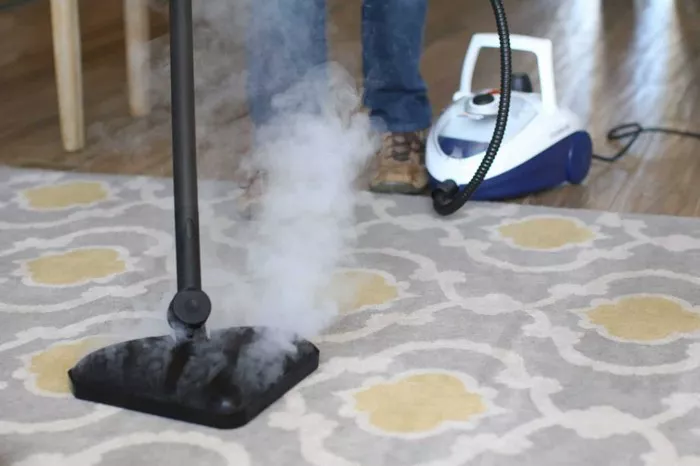This article explores the effectiveness of steam cleaning in killing mold spores and how to properly use steam cleaners for disinfection. We will analyze the principles of steam cleaning and its germicidal effects on mold spores, and provide practical operation tips and precautions. Through this guidance, you will understand the advantages of steam cleaning in disinfection and sterilization, and how to use steam cleaners safely and effectively.
I. Principles of Steam Cleaning
Steam cleaners use high temperature and high pressure steam to clean and disinfect various surfaces. When steam comes into contact with mold spores, its high temperature rapidly destroys the spores’ cell walls and protein structures, causing them to lose activity and die. This principle of high-temperature disinfection makes steam cleaners an efficient sterilization tool.
II. Effect of Steam Cleaning on Mold Spores
Research shows that high-temperature steam can effectively kill mold spores. In experiments, using a high-temperature steam cleaner to treat surfaces containing mold spores significantly reduced the number of spores, even completely eliminating them. This indicates that steam cleaning is an effective method for mold disinfection.
III. How to Properly Use Steam Cleaners for Disinfection
1. Choose the right steam cleaner: Select a suitable steam cleaner according to your needs, paying attention to parameters such as temperature range, pressure, and steam volume.
2. Prepare the cleaning surface: Before using the steam cleaner, clean the surface with water to remove most of the dirt and impurities.
3. Set up the steam cleaner: Adjust the temperature and pressure of the steam cleaner according to the cleaning requirements, and ensure moderate steam flow.
4. Start cleaning: Aim the steam cleaner’s nozzle at the surface that needs disinfection, moving it from top to bottom, left to right. Maintain a moderate distance between the nozzle and the surface to avoid scalding.
5. Pay attention to safety: When using the steam cleaner, wear personal protective equipment to avoid scalding or inhaling too much steam. Also, ensure good ventilation in the work area to prevent steam buildup.
6. Post-cleaning: After using the steam cleaner, promptly turn off the power and place it in a dry, ventilated area. Regular cleaning and maintenance of the steam cleaner are essential to prolong its service life.
IV. Conclusion
High-temperature steam cleaners are effective tools for mold disinfection, capable of killing mold spores and cleaning various surfaces. When using a steam cleaner, pay attention to selecting the appropriate equipment, preparing the cleaning surface, setting the correct parameters, observing safety precautions, and regularly cleaning and maintaining the equipment. By following these guidelines, you can safely and effectively use steam cleaners for disinfection and sterilization work.
V. Frequently Asked Questions
Q1: How long is the lifespan of a steam cleaner?
A1: The lifespan of a steam cleaner depends on its quality and frequency of use. Generally, high-quality steam cleaners can last 5-10 years, provided they undergo regular maintenance. Avoid prolonged continuous operation to prevent overheating and equipment damage. Additionally, regular cleaning and maintenance are key to extending the lifespan.
Q2: What safety precautions should be taken when using a steam cleaner?
A2: When using a steam cleaner, observe the following safety precautions: avoid direct contact with high-temperature steam to prevent scalding; ensure good ventilation in the work area to prevent steam buildup; do not use the steam cleaner on flammable materials or chemical surfaces; ensure the stability of the equipment during use to prevent accidents caused by tipping or sliding; after use, promptly turn off the power and place the equipment in a dry, ventilated area.
Q3: How to choose and use cleaning agents correctly?
A3: When using a steam cleaner, choosing the right cleaning agent is crucial. Select a suitable cleaning agent based on the material of the cleaning surface and the degree of dirt. Generally, for most non-metal surfaces, neutral cleaning agents can be used; for glass or ceramic surfaces, glass or ceramic cleaning agents can be used; for surfaces with heavy oil stains such as kitchen range hoods, degreasing cleaning agents can be used. When using cleaning agents, dilute them according to the instructions and avoid using excessive amounts. Also, ensure compatibility between the cleaning agent and the steam cleaner to prevent equipment damage or affect cleaning effectiveness.

